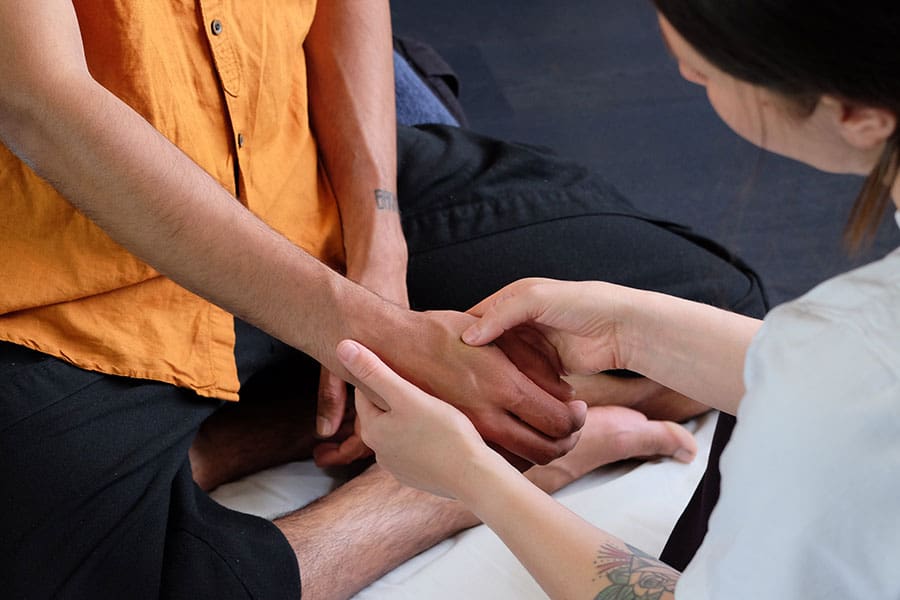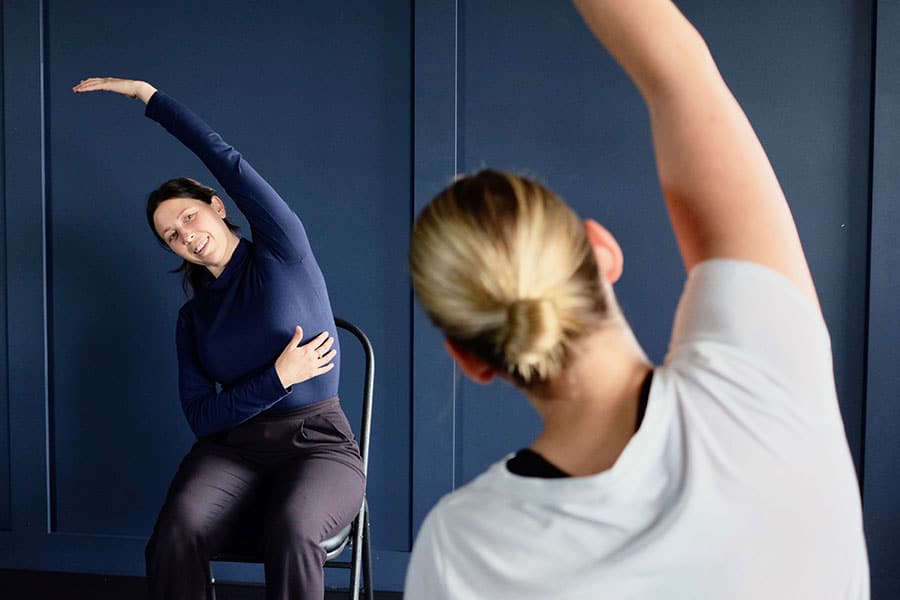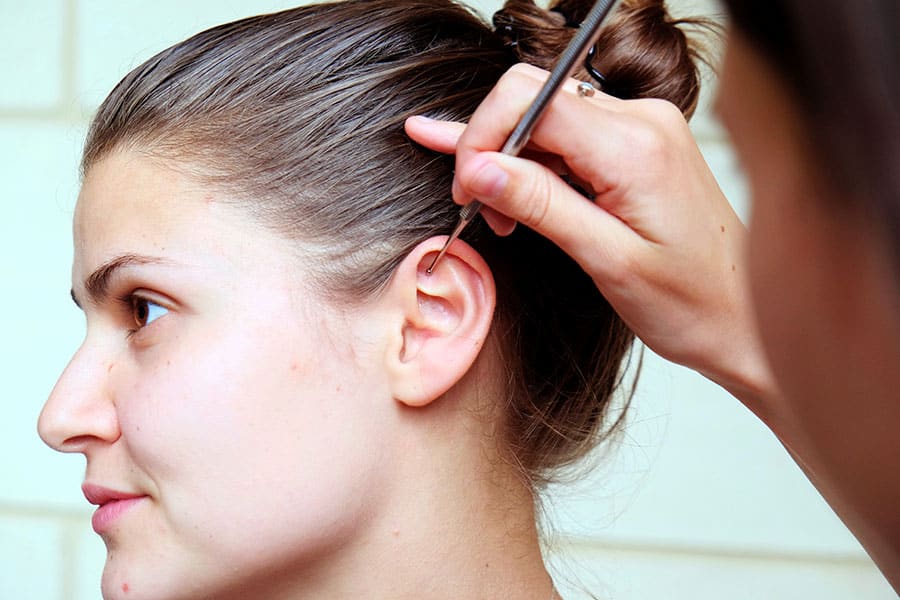
Trauma-Informed Shiatsu
-
Japanese bodywork style that includes gentle pressure, stretching, joint rotations
-
Participants wear clothing during their session
-
Touch is not a requirement and may or may not be explored.
-
Participants can choose how to receive touch, seated in a chair or on a futon.
-
Sessions move at participants pace and explore options that feel comfortable and safe
Shiatsu is a Japanese bodywork style that includes awareness of body posture, breathing and movement. The practice gives participants the space to explore the changes in their body from physical pain to the emotional effects on the body such as anxiety and the effects on the digestion.
The bodywork style can include joint rotations, stretching and gentle appropriate pressure to various parts of the body. Self-care suggestions may be included, such as dietary information or movement practices to be explored between sessions.
Shiatsu bodywork is traditionally practiced on a futon on the floor, instead of a massage table. There is a futon in the Body Based Therapy Room for those who feel comfortable with lying down, but others might prefer to sit in a chair to receive the shiatsu or participate in body-based therapies that do not include touch from the practitioner. Participants remain fully clothed throughout the sessions and when on the futon they are also covered by a light sheet.
Individuals can discuss with the practitioner what feels right for them. The sessions proceed slowly, at a pace that feels right for each person.
What to expect from a Trauma Informed Shiatsu Session?
Touch and Bodywork
Shiatsu is a fully clothed bodywork sessions which may be received seated or lying down on a futon on the floor. These bodywork sessions are collaborative and provide you the option of exploring areas of your body that feel safe. The practitioner can apply pressure, movement or stretching to help you fulfil the desired release or help you relax and reduce tension. Throughout the program you are also welcomed to explore triggering areas of your body through practices that are patient lead and that may help you with your recovery and healing.
“The first session I had I cried… It was actually just nice to be physically touched with no expectation.
There wasn’t an expectation of ‘I want something’, it was just what it was…
It was very peaceful and nurturing and it was a really beau feeling to have just that”.
“I had to learn how to say stop. As a result (of the shiatsu) that has carried on in my life, like going to the gym. I have said no I can’t do this, this and this…to learn to say stop has been really good”.
Body-focussed techniques without touch
If someone is not ready to receive direct touch but would still like to explore body-focussed techniques, there will be an offer to engage in off-body techniques which may involve grounding, stretching, breathing, movement or guided self-massage. You may explore these techniques seated in a chair, standing or lying down on the futon.
“I used to self-harm and now I self-massage”
“My trust was increased by having the shiatsu in CASA. It is the same space I am used to for my counselling”.
Ear seeds
Ear seeds can be applied at the end of the session as a take home tool.
The ear seeds are tiny ball bearings made of silver, stuck to adhesive tape and applied to an acupuncture point on the surface of the ear and do not puncture the skin. As required, you apply pressure to these seeds with your fingers to hold or stimulate the acupressure point. This tool is used for various reasons but can be applied with the aim to reduce the symptoms of anxiety, stress and disturbed sleep, between your Shiatsu sessions.
“My feelings of less and grieving were transformed through the shiatsu into an experience of lightness”.

Jess, Shiatsu Therapist
Jess is a female Shiatsu Therapist and Doctor of Chinese Medicine. Her pronouns are she/her/hers.
We are excited to have Jess as our new and passionate Trauma Informed Shiatsu practitioner at WestCASA this year, following on from the great work of Alex Caldwell.
She has worked as the resident Shiatsu Therapist with CoHealth’s Victims Assistance program for a number of years and has an ongoing mentorship with Alex Caldwell with a focus on supporting those who have experienced trauma.
Jess has completed a double degree from RMIT – Bachelor of Health Science and Applied Science in Chinese Medicine and has a private clinic in Flemington and West Footscray. You can find out more here:
Body based therapies and touch for trauma healing
The experiences of the past do not just affect the emotional and mental health of a person but can also result in physical and physiological symptoms in the body. The intention in providing Shiatsu and body focused therapies is to support individuals within WestCASA to explore the experiences of the body in a way that is gentle and safe.
For people who have experienced trauma, body-based therapies and Shiatsu can contribute in:
Flexibility and Collaboration
-
Participants are provided with a range of options and provided the space to choose their therapies
-
Client led
-
Collaboration is encouraged to give participant more control
Our Trauma Informed Shiatsu practitioner works with each individual to create a safe, supportive and flexible atmosphere for the Shiatsu to take place in. Care is taken to give as much choice as possible with body-based therapies or ways to use touch in session. The work proceeds slowly and is client led.
Collaboration is important as it allows the participant to discover what approach is best for them and input is encouraged in sessions and supports the participant to be in control.










































